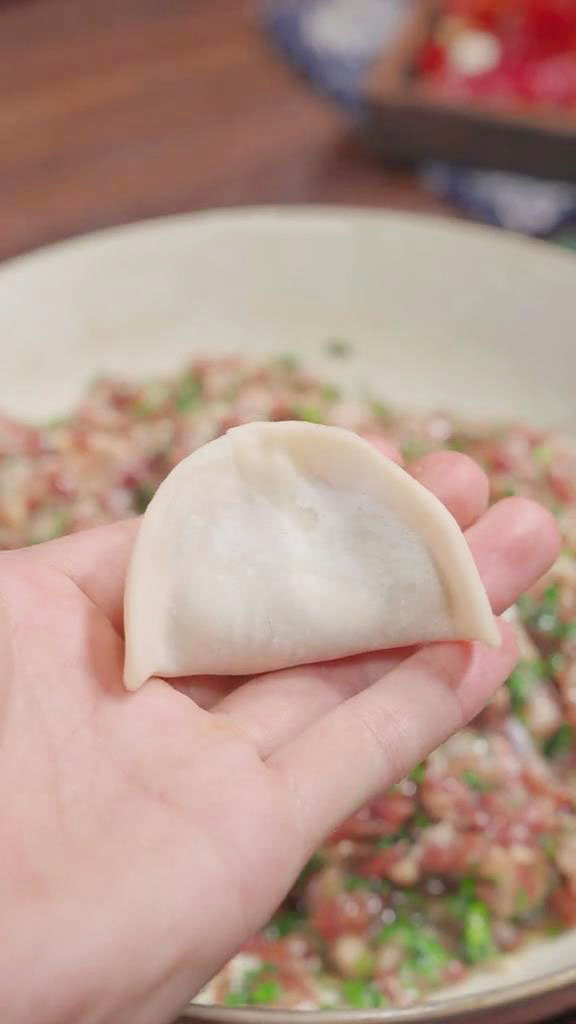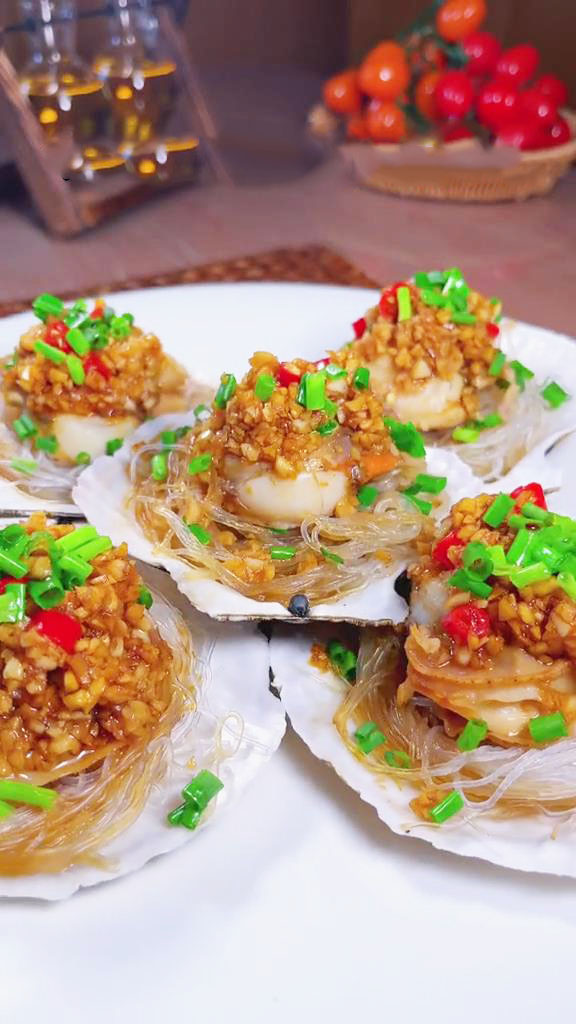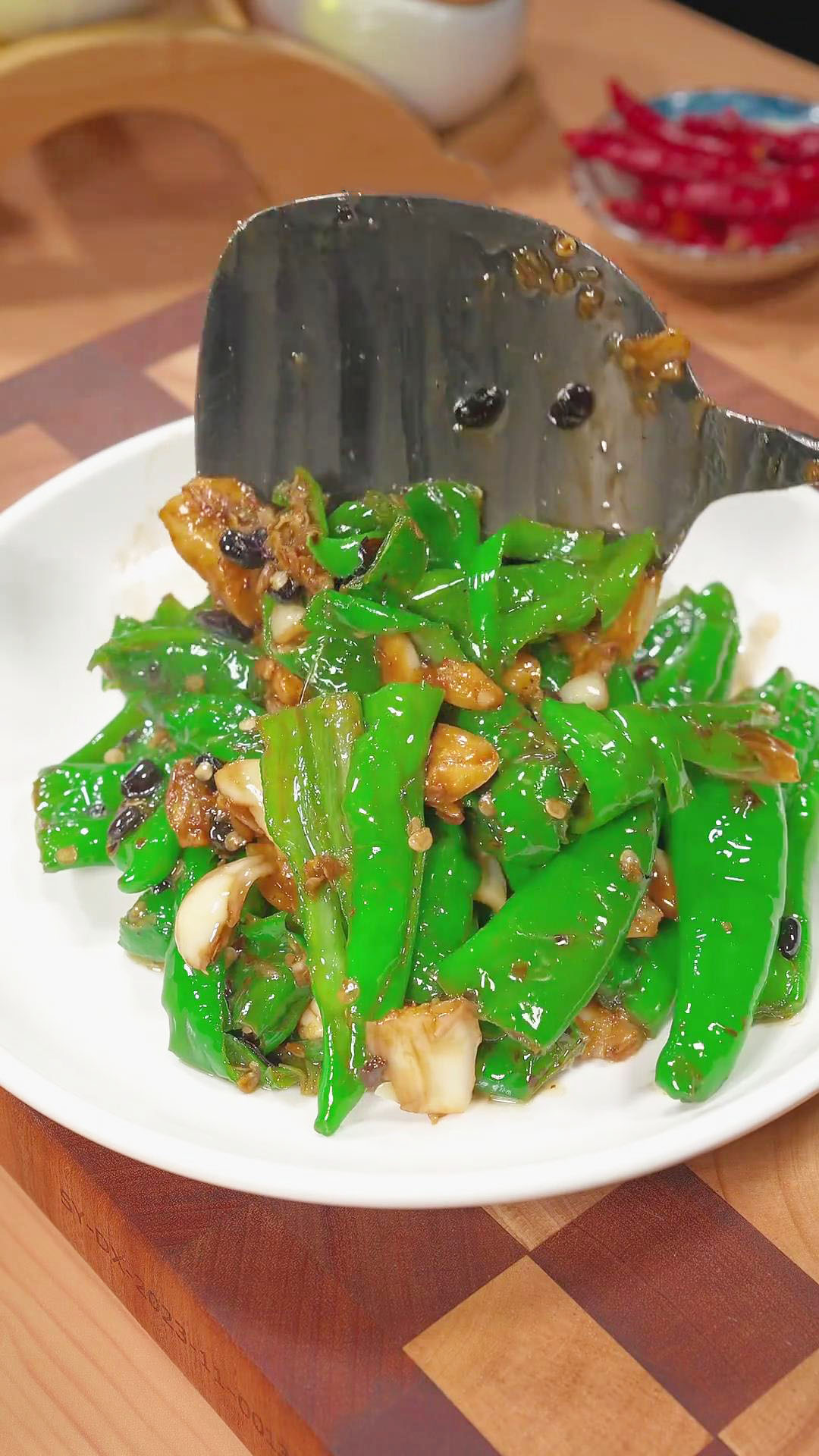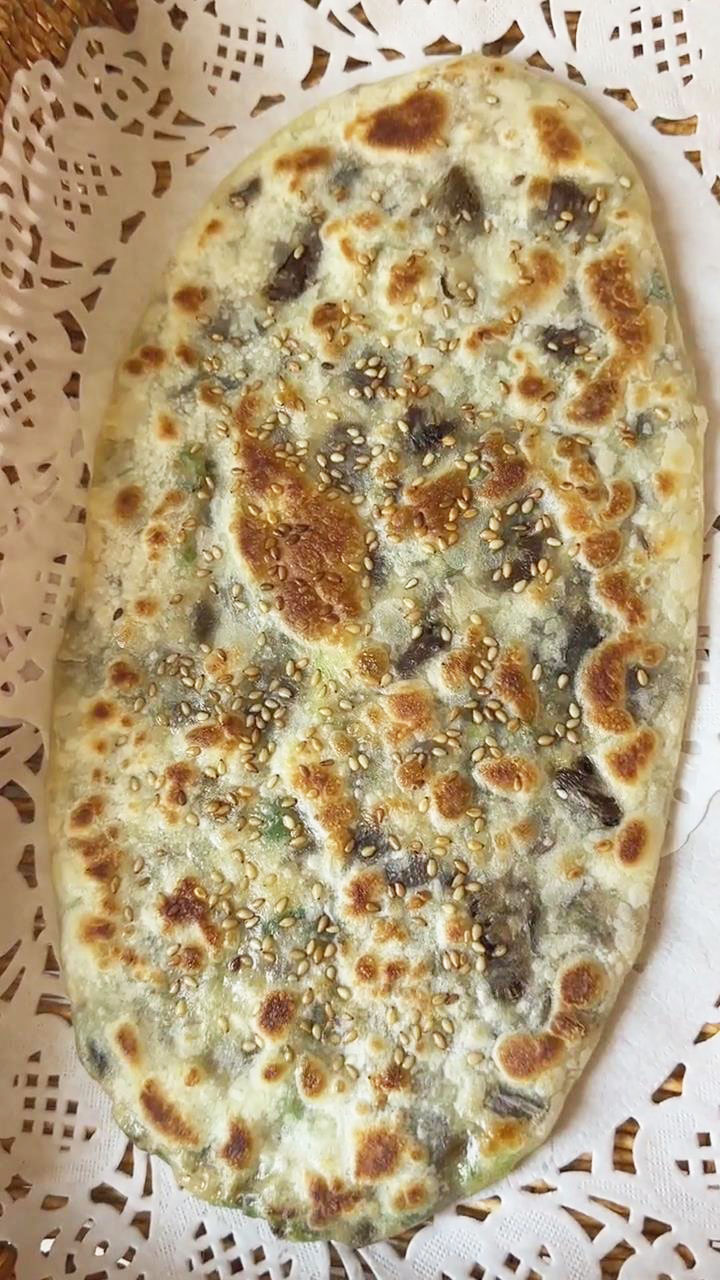When you think of Chinese food, one of the first things that come to mind is dumplings. We tend to picture it as a crescent-shaped dumpling that is fried or steamed. However, this is only one type of dumpling since it comes in different tastes and styles.
Dumplings are not always steamed but can be pan-fried, boiled, and deep-fried. With so many types of dumplings available, there’s always something new to try every time. You must be wondering how dumplings started and evolved into a now-famous Chinese staple.
Luckily, you have stumbled upon a detailed guide on everything there is to know about dumplings. In this article, we talk about the brief history of dumplings, how it is made, and many more. Join me as we embark on a foodie’s journey to discover more about our favorite dumplings.
What Are Dumplings?
Dumplings have a broad definition since there are many varieties available. In general, dumplings are balls of dough with a sweet or savory filling. It uses a dough wrapper to enclose a filling at the center.
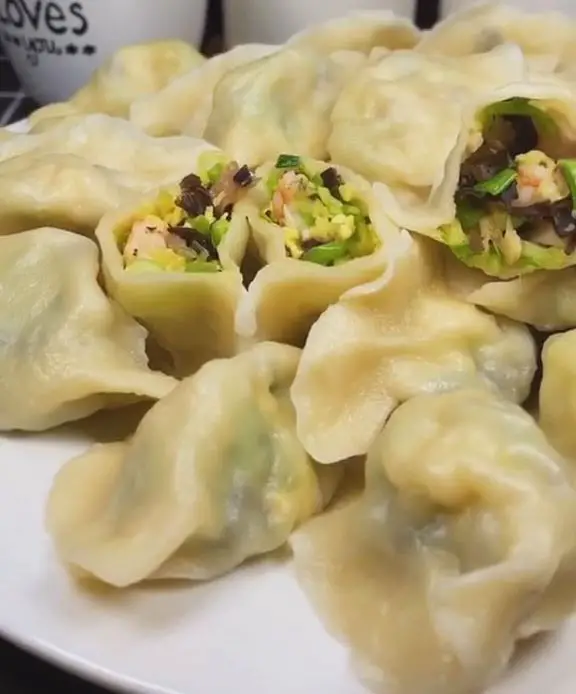
The edges of the wrapper are typically pinched to keep it sealed and prevent the filling from spilling out. It can be eaten alone or with a dumpling dipping sauce such as soy sauce or sweet chili sauce. Some dumplings are also served as part of a soup or broth ingredient.
For a more detailed definition, dumplings are referred to by many various names in different countries. For instance, dumplings are known as jiǎozi or Chinese dumplings that are commonly served in dim sum restaurants. Chinese dumplings have many variations, including potstickers, wontons, and har gow.
In other countries, dumplings are called gyoza in Japan, mandu in Korea, and buuz in Mongolia, to name a few. It is often eaten as an appetizer, snack, or side dish.
A Brief History Of Dumplings
It is unclear how the first dumpling was ever made or who created it. However, some sources say dumpling recipes were first recorded in Apicius, a collection of Roman cookery recipes. In China, legend has it dumplings were created during the Eastern Han Dynasty by Zhang Zhongjing.
Zhang Zhongjing was a medical practitioner who was knowledgeable of the medicinal properties of herbs. He initially made dumplings to help locals suffering from frostbite during the winter. Eventually, eating jiaozi or Chinese dumplings in winter became a tradition.
It was believed only in the 17th century that dumplings got its name and was first used in an English text from 1600. Dumplings had many variations depending on their purpose. Aside from healing frostbite in China, other variations of dumplings around the world were created to prolong meat’s shelf life and utilize leftover grains.
The Ingredients Of Dumplings
How are dumplings made? Dumplings have two main parts: dough and filling. After making the dough wrapper, the center is stuffed with either a sweet or savory filling.
Dough
Most dumplings use flour and water to make the dough wrapper. However, certain recipes might incorporate a mix of flour, potato starch, salt, and egg white, as in the case of the dumpling wrappers I prepared. Jiaozi, gyoza, and mandu dough wrappers typically use flour and water. However, some variations of these dumplings may differ slightly in ingredients and texture.
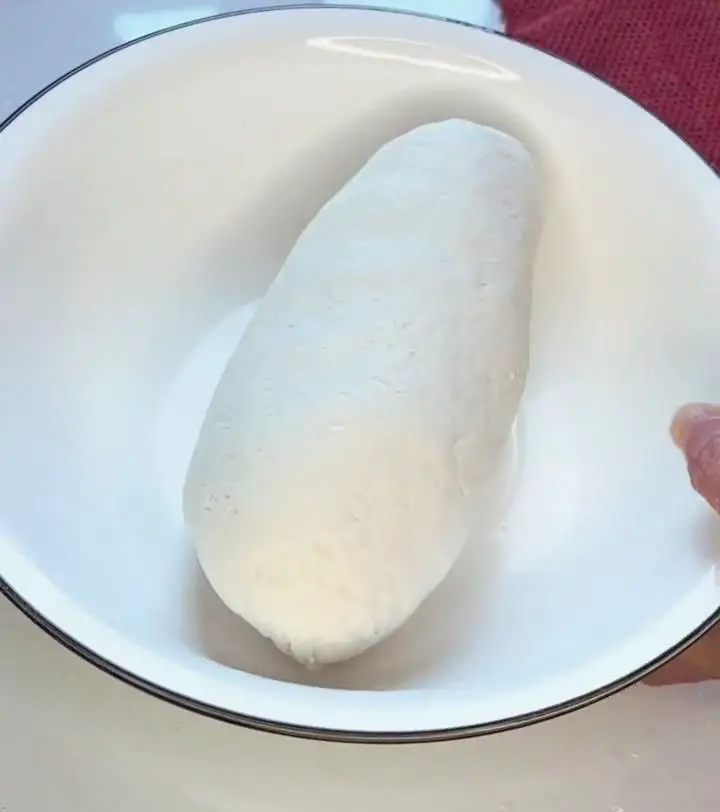
For instance, wonton wrappers are thinner and less elastic than other types of Chinese dumplings. Dan jiao, a type of Chinese dumpling, does not use the dough to wrap the filling but a thin layer of scrambled eggs. A similar dish to dumplings is a bao bun, which uses a different kind of dough that is yeast-leavened.
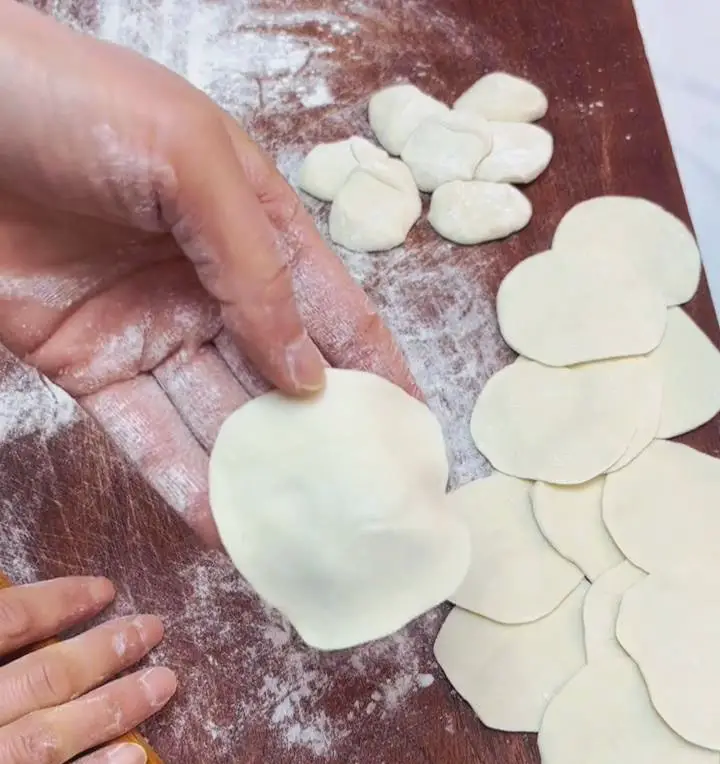
Filling
There is no rule as to what meat or vegetables to put, so the options are endless when it comes to filling. However, the filling used is what also defines a type of dumpling. For instance, shrimp filling is generally for har gow, a Chinese shrimp dumpling that uses a starch-based dough.
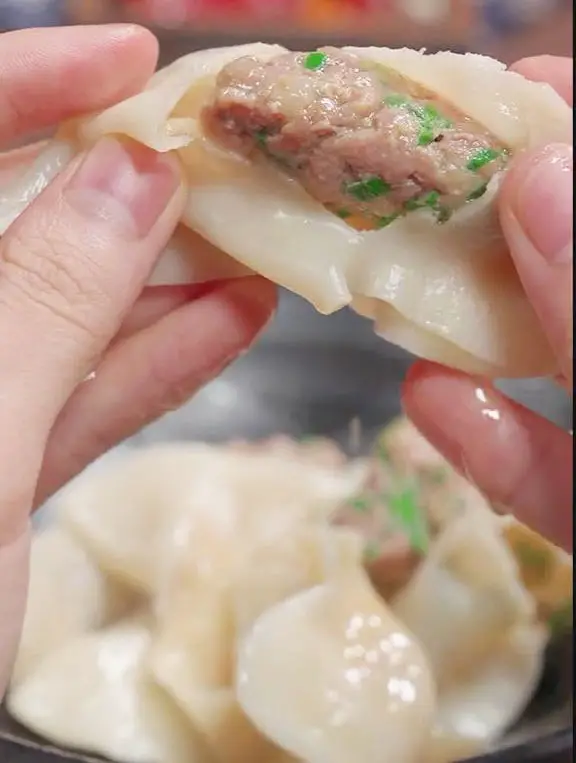
When it comes to siu mai, it traditionally uses minced pork and is garnished with an orange dot made from crab roe or carrot. In order to make wontons, a combination of ground pork and shrimp completes the filling. In addition to the meat fillings, it is flavored with seasonings and a mix of vegetables such as Chinese cabbage, garlic chives, and spring onions.
Aside from meat filling, nowadays there are many vegetarian and vegan dumplings made from vegetables, mushrooms, tofu, and plant-based meat. For a sweet dumpling for dessert, it can be filled with a sweet jam or paste such as lotus seed paste and red bean paste. Basically, a dumpling can be filled with ground pork, beef, chicken, shrimp, cabbage, spring onions, scrambled eggs, tofu, mushroom, and many more.
How Are Dumplings Cooked?
Dumplings can be boiled, steamed, steam-fried, pan-fried, deep-fried, baked, and air-fried. It depends on the type of dumpling you are preparing. For instance, potstickers are usually pan-fried on one side and then steamed with a bit of water in the pan.
Wontons have several variations such as air fryer wontons or wonton soup. Fried wontons can be air-fried, baked, or pan-fried, while wontons for wonton soup are boiled. In addition, har gow or shrimp dumplings are typically steamed for a few minutes.
Keep in mind not all types of dumplings can be cooked the same way since the dough wrapper used may not be suitable. Some dumpling wrappers can withstand frying but cannot withstand boiling.
How Are Dumplings Eaten?
Most dumplings are eaten straight from the steamer or bamboo basket. It is usually dipped in a savory dipping sauce, a mix of soy sauce, chili oil, rice vinegar, and sesame oil, to name a few. The traditional way to eat dumplings is with chopsticks or with a Chinese soup spoon if eating soup. It is usually served during a festival or holiday like the Chinese New Year.
The Bottom Line
Do you love dumplings too? Which dumpling is your favorite? Share your thoughts in the comments section below!
If you want to make your own dumplings, try my foolproof recipes for Wontons (Fried Pork Dumplings), How To Make Beef Bao Buns, and How To Make Authentic Wonton Wrappers. Follow my videos on Instagram and Tiktok for easy cooking.

